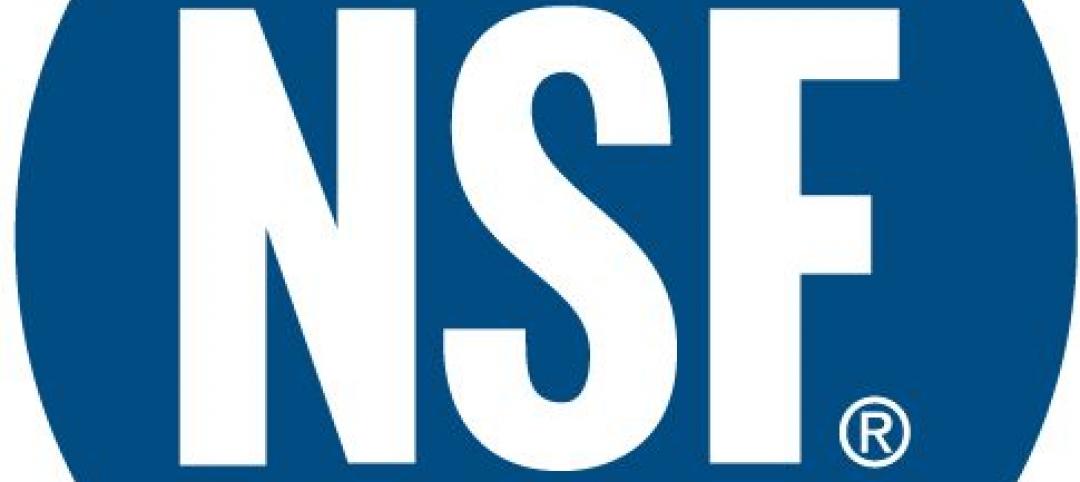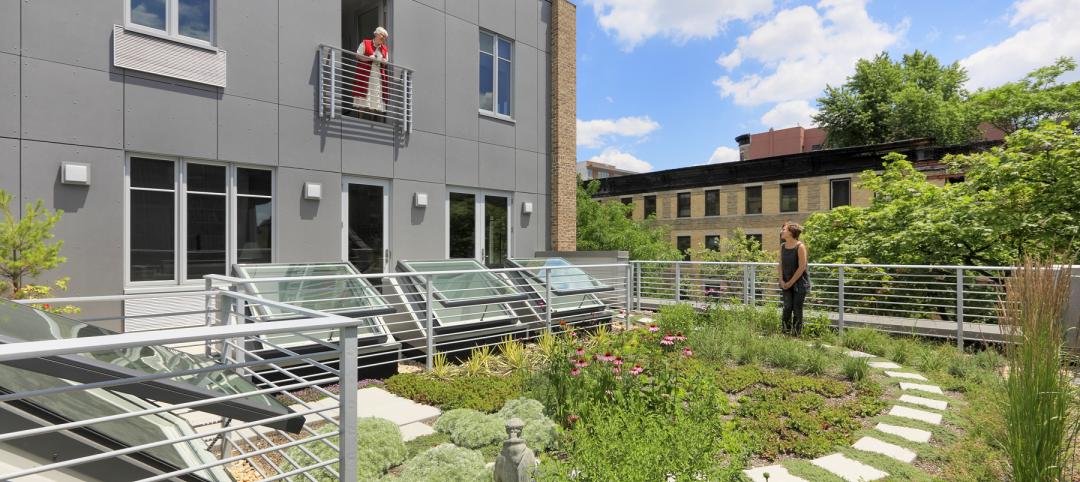In 2020, after the coronavirus pandemic hit, millions of people were stranded in their homes with little else to do outside of remote work than watch TV. That isolation created an unprecedented demand for new and original content, which in turn sparked a proliferation of streaming services that urgently needed more production space.
In 2020, there were about 12 million sf of sound stages in North America, according to CBRE estimates. And the utilization rate of that space, which three years earlier had stood at around 70 percent, was close to 100 percent, according to a Deloitte report that evaluated the Los Angeles, New York, and Toronto markets. The “high spend” on production was creating shortages and driving demand for new sound stages, stated Deloitte.
This void has inevitably attracted investment capital. In June 2020, Blackstone paid a reported $1.69 billion to acquire a 49 percent stake in Hudson Pacific Properties, which is active in sound stage acquisition, construction, and adaptive reuse. Last August, Blackstone and Hudson revealed plans to spend nearly $1 billion to build a film and TV studio campus in the United Kingdom.
Other development investors buzzing around this sector include Hackman Capital (which earlier this month acquired 130,000 sf of sound stage space from Raleigh Studios in Hollywood, and 182,000 sf of space on Sony Pictures’ animation campus); Quixote, Trammell Crow, Amazon Studios, and Square Mill Capital Management.
The race is now on to catch up with anticipated future production demand. The Hollywood Reporter published an article last month about the “boom” in building proposals, retrofits, and competition for longer-term leases. “I’ve never seen so much activity in my career,” Robert Hale, FAIA, Partner and Creative Director with the design collective RIOS, told the trade newspaper.
ARCHITECTS GETTING IN ON THE ACTION
RIOS is among the architecture and design firms that are capitalizing on this demand. Gensler has been working with Trilith Studios in Atlanta to expand its 700-acre film studio by 220,000 sf with spaces that include production workshops, smart sound stages, and a four-story creative office center that’s scheduled to open this spring.
Before the pandemic, construction accounted for 10 percent of Relativity Architects’ soundstage work; now, it represents 50 percent, confirms Tima Bell, Assoc. AIA, Principal with the Los Angeles-based firm, whom BD+C spoke with yesterday.
Bell, who grew up in L.A. (his father, Edward, was an actor and producer, and his stepmother was the actress and competitive swimmer Esther Williams), notes that studios in general had typically preferred to lease stages on a short-term basis, for as long as they needed the space to shoot a certain film. “Netflix changed everything,” he says of the streaming platform that has become a content production juggernaut. “In fact, Netflix needed space more than it needed content.”
Netflix started taking three-year leases, and quickly locked up soundstage spaces in Los Angeles, New York, and London. Other streaming platforms that subsequently came on the scene have followed suit. So while there are still stages available for leasing, their numbers are far fewer; hence, the demand for new construction.
“I’ve been in the business a long time, and content has never slowed; it has only expanded,” says Bell. Even if the amount of content produced was static, there wouldn’t be excess sound stage space for another five years. What Bell does foresee, though, is a shift in the way movies are made toward relying more on virtual sets via Extended Reality (XR) technology.
NEW BUILDS AND RENOS ABOUND

Bell says his firm’s sound stage clients run the gamut from Internet content providers, management companies, and capital investors. Production companies still would rather lease than own space, and sound stage clients only show interest after projects have secured a permit.
The “key ingredients” in designing and building studios, Bell explains, are clear floor space (i.e., no columns), ample ceiling height, and power. And because these buildings usually require a large real estate footprint, the sound stages are often located in industrial areas of cities. For example, last year Relativity was working with Capture Studios on a remodel of an existing theater in Studio City along the Los Angeles River. For that project, the Building Team removed an oversized mezzanine and opened up the second-floor ceiling. The team also redid the building’s façade.

Relativity is currently working on adaptive reuses of two cold-storage warehouses, one that will be 90,000 sf and the other 200,000 sf, of which 120,000 sf will be stages and the rest offices.
Bell adds that his company is in the early design stages of two ground-up studio campuses. Nondisclosure agreements prevented him from saying much more beyond that the projects range from 14 to 20 acres, and 12 to 18 stages in multiple buildings sized between 15,000 and 50,000 sf.
(On its website, Relativity Architects says it is designing a 210,000-sf studio campus in Canada that will have four production stages, post-production offices, screening rooms, and support and amenities spaces. Relativity is also engaged in a project for Ace + Mission Studios in Los Angeles that, when completed, will offer 604,494 sf of space that includes three soundstages and production offices.)

Bell says his firm is in design on other sound stage projects in New York, Atlanta, and Eastern Europe. He notes that outside of Los Angeles, the availability of tax credits plays a large role in where stages are being built.
Because it has been designing sound stages for several years, Relativity Architects has a track record that newcomers to this sub-sector do not, says Bell. “With only a couple of exceptions, most of the new entrants don’t have experience with this building type, which has circulation and technology requirements.”
Sound stages also open new creative portals for Relativity’s architects and designers who previously have worked on other building types like hospitality or housing.
Related Stories
| Dec 7, 2011
NSF International qualifies first wallcoverings distributor to the New American National Standard for Sustainable Wallcoverings
TRI-KES demonstrates leadership in environmental stewardship as the first distributor to earn qualification.
| Dec 7, 2011
DPR Foundation awards $590,000 to youth organizations
Grants will fund programs for disadvantaged kids across six states.
| Dec 7, 2011
Autodesk agrees to acquire Horizontal Systems
Acquisition extends and accelerates cloud-based BIM solutions for collaboration, data, and lifecycle management.
| Dec 7, 2011
ICS Builders and BKSK Architects complete St. Hilda’s House in Manhattan
The facility's design highlights the inherent link between environmental consciousness and religious reverence.
| Dec 6, 2011
Construction industry leaders gather for forum on diversity
Declared a “groundbreaking” event for the industry, Gilbane’s First Annual National Partners Council Forum addressed diversity and inclusion as well as building partnerships with minority, veteran, and women-owned businesses.
| Dec 6, 2011
Mortenson Construction completes Elk Wind Project in Iowa
By the end of 2011, Mortenson will have built 17 wind projects in the state generating a total of 1894 megawatts of renewable power.
| Dec 6, 2011
?ThyssenKrupp acquires Sterling Elevators Services
The acquisition of Sterling Elevator Services Corporation is the third acquisition completed by ThyssenKrupp Elevator AG in the last three months in North America.
| Dec 6, 2011
Vivenzio named vice president of building performance practice at Thornton Tomasetti’s New York Office
Vivenzio, a licensed architect in New York and New Jersey, has more than 28 years of experience in architectural project management, construction administration, building diagnostic services and forensic investigation.
| Dec 6, 2011
New office building features largest solar panel system in New Orleans
Woodward Design+Build celebrates grand opening of new green headquarters in Central City.
| Dec 5, 2011
New York and San Francisco receive World Green Building Council's Government Leadership Awards
USGBC commends two U.S. cities for their innovation in green building leadership.

















